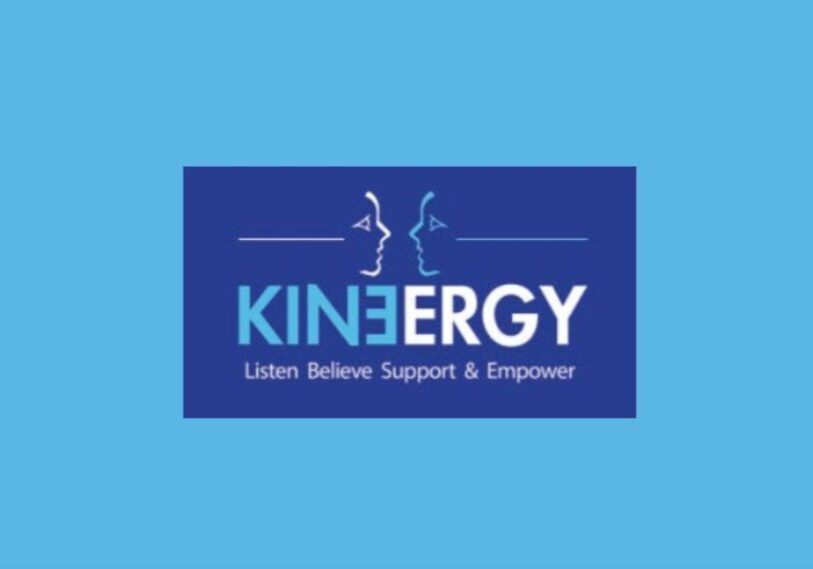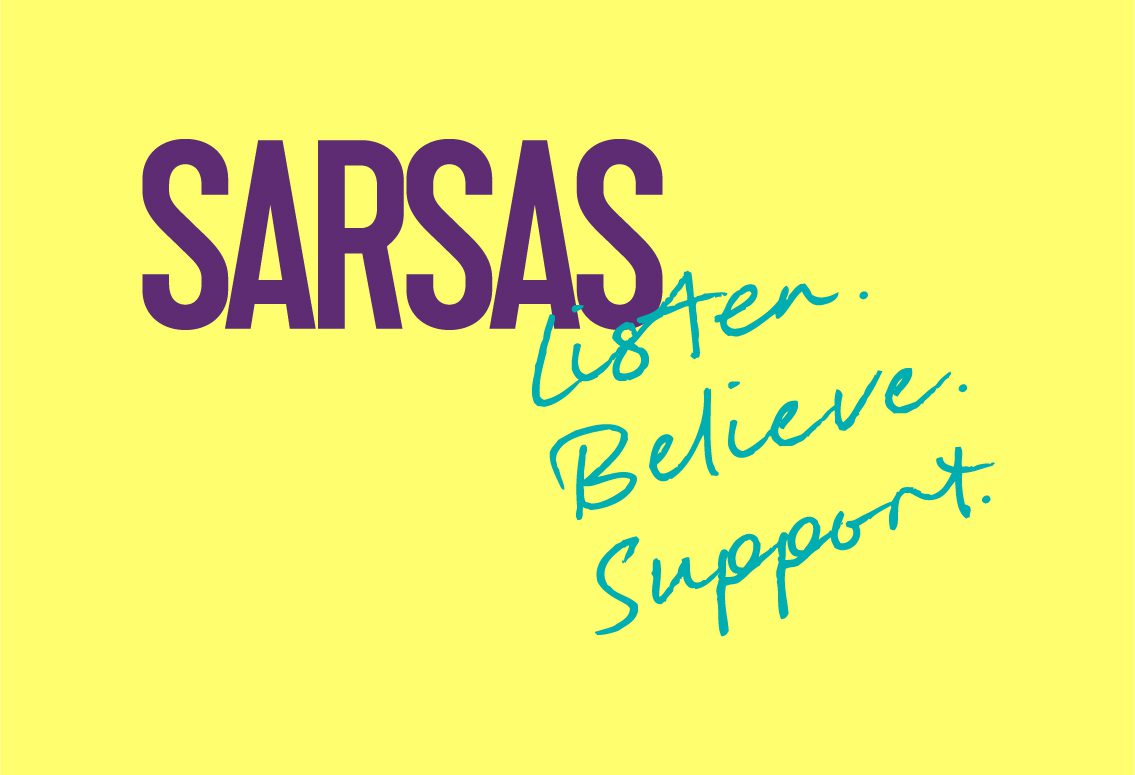
Trauma and dissociation: part one
One of our great trauma therapists discusses what dissociation is and some of the symptoms that people may experience.
What is dissociation and how can it affect you?
As a trauma therapist, I work with dissociation regularly and have come to see it as part of a spectrum of trauma responses.
It’s important to acknowledge that everyone experiences a low level of dissociation from time to time, where they aren’t fully present and get lost in thought or daydreaming. This is the brain’s way of avoiding stress or just taking a break. However, for people who have experienced trauma and sexual abuse, dissociation can occur at increased levels and more intensely, involving a variety of disconnections from their body, their feelings, their thoughts, and other people.
Traumatic Dissociation is connected to the flight and freeze responses activated during traumatic events and is the brain’s way of mentally escaping the trauma and minimising the physical and emotional pain. During a traumatic event, dissociation is an important instinctive survival tool but if someone becomes stuck in this response to trauma, it can prevent them from engaging with life. Mental health professionals often use labels like ‘derealisation’ and ‘depersonalisation’ to describe common forms of dissociation. This means that someone experiences things as though they are dreaming, sleepwalking, not really happening. They may feel that their body is not theirs anymore or they may struggle to connect to and recognise the person looking back at them in the mirror, feeling disconnected or as though parts of them are missing.
Dissociative trauma responses are ‘hypo trauma’ responses and can be experienced as:
- difficulties with focus
- loss of time and memory
- lack of motivation and depression
- emotional numbness
- an inability to feel physical pain or notice that your body has needs
- deep detachment from yourself and others.
For people who experience trauma dissociation as an adult, these responses can be very distressing because it can feel like a loss of who they used to be. Being unable to enjoy the things that they used to love, a loss of relational connection and emotional numbness can feel like a living death and be quite terrifying.
Everyone’s trauma response is unique to them. Some people may stay stuck mostly in these dissociative states, while others will experience more classic PTSD symptoms (hyper trauma) like anxiety, panic attacks, flashbacks and nightmares. Some people may flit between hypo dissociative symptoms and hyper symptoms. Both of these are traumatic stress responses.
In some ways, trauma dissociation can be more difficult to identify because you are so disconnected from yourself and may have no awareness of how stressed and anxious you really are. You may feel functional and unknowingly be adding to your system’s stress levels.
Recovery from dissociative trauma responses is similar to recovery from hyper trauma responses except for the fact that it is much harder to notice how stressed your system is. I like to explain traumatic stress as your brain needing similar care to your body when you have the flu and are recovering. As you recover, it can be frustrating because you want to do all the things that you were able to do before. As a result, when you start to be able to do a little bit more there is a real temptation to push yourself, but this often drains your system to empty and increases recovery time. It’s harder to notice when you’re pushing with dissociation because you can feel numb and calm inside and may not realise that the activity you’re doing is adding to the stress and damaging your recovery.
Common signs that you are stressed can be that you are losing more time and feeling increasingly numb and empty for much longer periods. Memory and focus can also become more difficult. You may notice your body becoming ill more frequently, because those feelings that are suppressed are experienced in the body as somatic illnesses, particularly inflammatory illnesses.
Dissociation for people who have experienced childhood abuse can be quite different then for people who have experienced short-term abuse as an adult. Rather than feeling scary and like a loss of self, dissociation can become habitual and feel like an inviting safe space as, in childhood, it was the only escape from the trauma and their only sense of peace.
At the most extreme end of the dissociation spectrum is ‘dissociative identity disorder (DID) where childhood abuse has caused someone to experience a splintering of identities/personalities within themselves. DID often means that someone may be unaware of these multiple identities and only be aware of having lost time with no memory of what has happened. DID requires very specific therapy from a professional who is trained in this form of dissociation. The therapy helps people integrate the rejected separated parts of themselves back into a more singular self. Some people with DID prefer to maintain these separate personalities and learn to work with them cohesively as a team and with increased shared awareness between the personalities.
Many victim-survivors who have experienced childhood trauma do not come for support around dissociation, because although they feel empty and detached, they also feel functional and productive. Although their life may have limitations and they may not experience close relationships with others, it’s safer and more controlled for them this way.
In our next blog, we will be looking at some useful tools and techniques to help you manage your symptoms on your recovery journey.
If you have experienced dissociation, know that we are here to listen, believe and support you. You can chat to us about how you are feeling on our helpline.
The latest from our news and blogs

Be the change: how to be an Active Bystander
We can all be bystanders. Every day events unfold around us. At some point, we will register someone in danger. When this happens, we can decide to do or say something (and become an active bystander), or to let it go (and remain a passive bystander).

Kinergy closure statement
We are deeply saddened by the closure of Kinergy, an organisation that has provided invaluable support to survivors of sexual violence for nearly 30 years.

The power of creativity in healing: songs of survival
Recently, two people reached out to us independently, each having recorded a song about their personal experiences of sexual violence. Their powerful and deeply moving songs serve as a testament to resilience, and we’re honoured they asked us to share their work.


